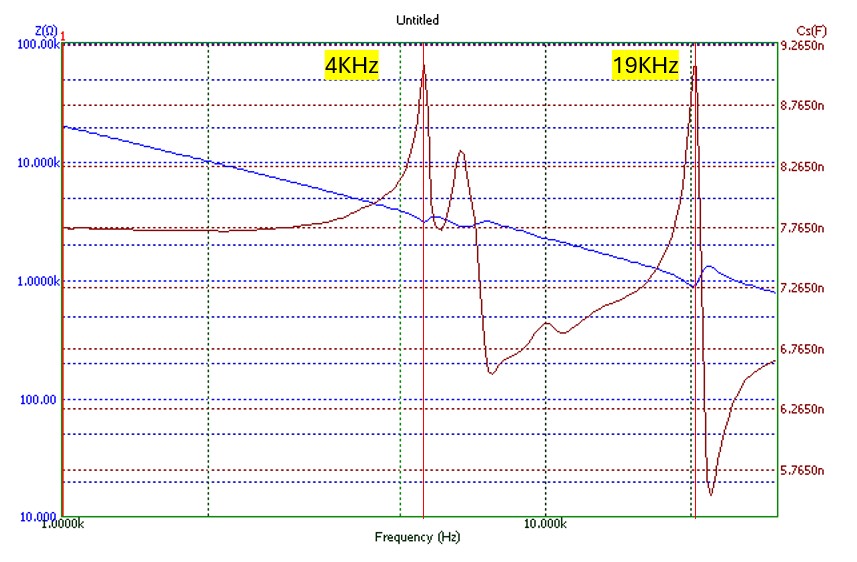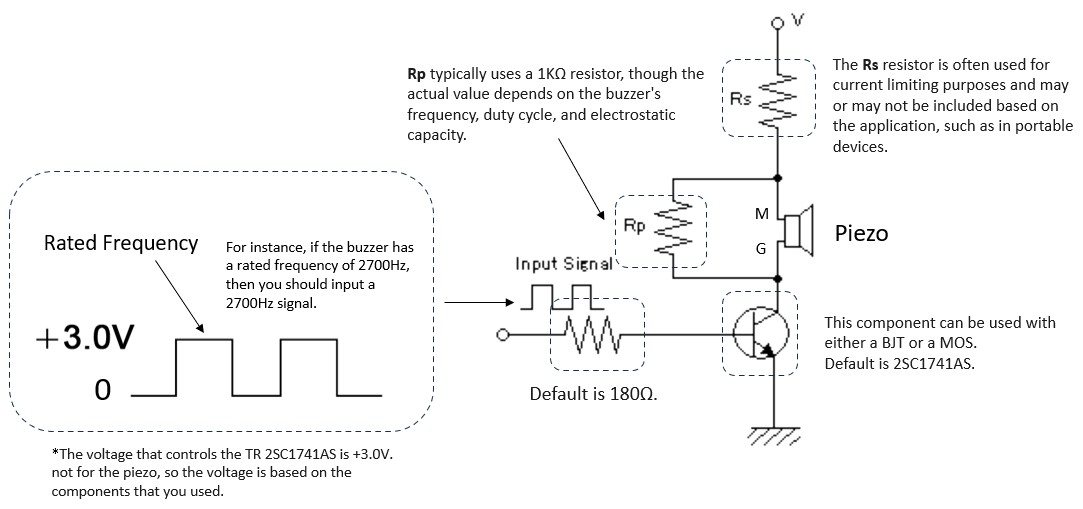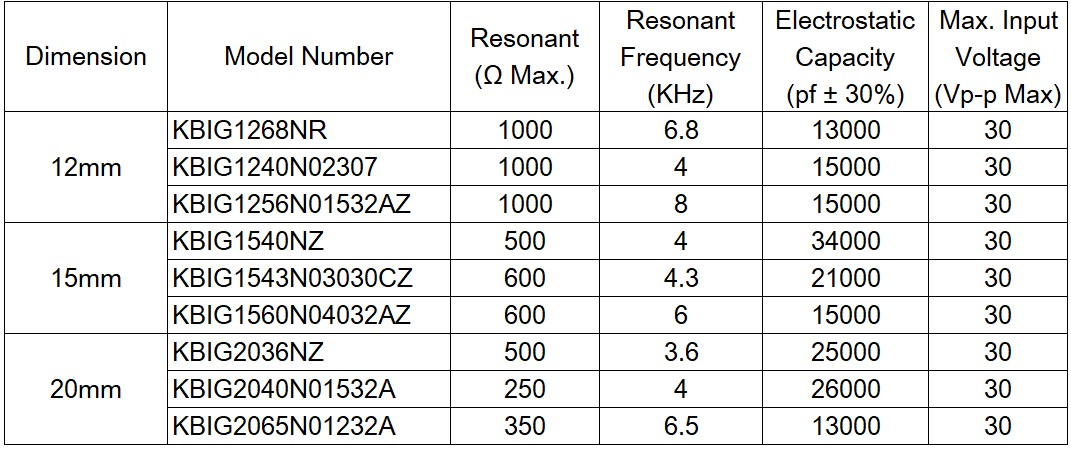技術記事
-
高級圧電素子駆動による革新 応用分野の無限拡大
【圧電素子の応用】
圧電セラミック素子は日常生活で広く応用され、数多くのテクノロジー製品の重要部品となっている。圧電素子は独特の性能を持つ:外力による変形を受けると電気信号を発生し、逆に電圧を加えると変形を生じる。この双方向の物理特性により、圧電素子はセンサーとして各種物理量の変化を検出できるだけでなく、発音素子として電気エネルギーを機械エネルギーに変換し、多様な機能を実現します。
センサー分野では、圧電ピックアップの応用がよく見られる。圧電素子が微細な音振動を直接感知し、それを電気信号に変換することで、後続の音声処理に利用される。例えば、エレキギターのピックアップは圧電効果を利用し、弦の振動を電気信号に変換します。また、雨滴センサーにも応用可能で、雨滴が圧電素子に衝突して生じる微小振動を検知し、気象変化をリアルタイムで監視します。音声検知器も代表的な応用例であり、環境内の音の変化を感知でき、セキュリティ監視やスマートホームシステムに広く活用されています。

【ウェアラブル医療製品の台頭】
現在、携帯型医療製品は健康管理の新たなトレンドとなっている。これらの製品は携帯性と多機能性を重視し、ユーザーがいつでもどこでも自身の健康状態をモニタリングできるようにする。血糖測定器を例にとると、糖尿病患者にとって定期的な血糖値のモニタリングは健康維持の鍵となる。現代の血糖測定器は血糖値を正確に測定するだけでなく、圧電素子による音声通知により、測定結果の表示や次の操作が必要なことを明確に知らせる必要があります(図1)。

図1. 血糖測定器における圧電素子の応用概念図
圧電素子のこれらの機器への応用は、ユーザーの体験と安全性を向上させます。血糖測定やインスリン注射時、音声通知により操作の正確性が確保され、投与量の誤りによる健康リスクを回避できます。さらに、心拍モニターや睡眠トラッカーなどの他のウェアラブル医療機器も、生理信号を感知し正確なデータ分析を提供するために圧電素子を広く活用している。こうしたリアルタイムの健康情報により、ユーザーは自身の健康をより効果的に管理し、必要に応じてタイムリーに医療支援を求めることができる。
[ウェアラブルデバイスにおける圧電素子の要求事項]
ウェアラブルデバイスに使用される圧電素子は、デバイスに組み込むため通常20mmサイズのものが採用され、主な共振周波数は3500Hz前後から始まり、インピーダンスは250~1000Ωの範囲(直径12~20mmの圧電素子基準)となる。 セラミック面には通常、フィードバックポイントのないセラミックが採用される。セラミックと金属基板の合計厚さは約0.25mm前後で、この製品用途で一般的に使用される圧電素子の金属は黄銅製であり、価格面で優位性がある。

図2 圧電素子のインピーダンス解析概念図
(図2)の圧電素子では、一般的な周波数掃引特性(20~20kHz)はスピーカーの特性曲線とは異なる。スピーカーの掃引特性曲線は通常、平坦な領域 (特定の周波数範囲内で音圧が一定となる例:1kHz~10kHz)であるのに対し、圧電素子の特性は共振点に達した時にのみ最高音圧のピークを示す(例:単一点4kHz) 共振周波数からわずかに外れると圧力が急激に低下するため、音響用途では4kHz前後の周波数帯で使用可能である。一方、センサー用途では人間の聴覚範囲外である19kHz帯をソフトウェア検知に応用できる。後者の周波数帯では長時間作動しても使用者に不快感を与えない。
圧電素子の駆動回路に関しては、市販品では単結晶回路を主要駆動回路として採用しているケースが多い(図3)。
図3 バイブレーター単結晶回路の概念図
キングステートの圧電素子製品は、多様でカスタマイズ可能なソリューションを提供しています。以下は志豊が安定供給かつ品質が安定した圧電素子製品です。ご要望がございましたら、当社営業部までお気軽にお問い合わせください。

当サイトの一部の文章は、AI翻訳により訳されたものです。内容の正確性については、原文の中国語版をご参照いただくか、弊社までお問い合わせください。ご理解のほど、よろしくお願いいたします。

 RFQ
RFQ